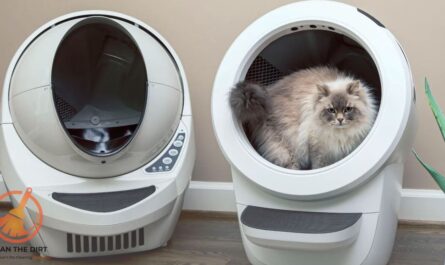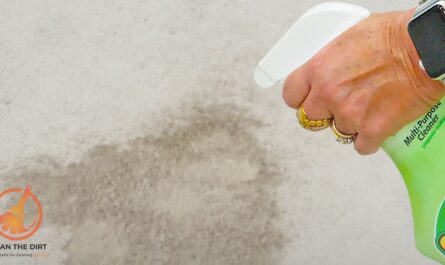Table of Contents
Introduction
Welcome readers to our guide on how to clean cat ears without solution. As any cat owner knows, our cat friends are meticulous self-groomers, but there are some areas they can’t quite reach on their own. One such area is their ears. Keeping your cat’s ears clean is vital for their overall health and well-being. However, many pet owners are wary of using cleaning solutions due to concerns about potential irritation or harm to their furry companions.
In this article, we’ll explore how to clean cat ears without solution using gentle and effective methods. Whether you’re a seasoned pet parent or new to caring for a cat, you’ll find valuable tips and techniques to ensure your cat’s ears stay clean and healthy. Let’s dive in and discover how you can maintain your cat’s ear hygiene without the need for any harsh solutions.
Tools Needed
Before we embark on our journey to learn how to clean cat ears without solution, let’s make sure we have the right tools on hand. Fortunately, you don’t need anything fancy or complicated to effectively clean your cat’s ears. Here are the essential tools you’ll need.
1. Cotton Balls or Gauze Pads
Soft and gentle, cotton balls or gauze pads are perfect for wiping away dirt, wax, and debris from your cat’s ears. Make sure to choose products that are free from any added chemicals or fragrances to avoid potential irritation.
2. Tweezers
While tweezers may seem like an unusual addition to your ear-cleaning toolkit, they can be incredibly handy for gently removing any stubborn debris or excess hair from your cat’s ears. Choose the tweezers with rounded tips to minimize the risk of accidentally scratching your cat’s delicate ear canal.
3. Soft-Bristled Brush
A soft-bristled brush, such as a clean makeup brush or a specially designed pet grooming brush, can be used to gently brush away loose dirt and debris from the surface of your cat’s ears. Be sure to choose a brush with bristles that are soft enough to avoid causing any discomfort to your cat.
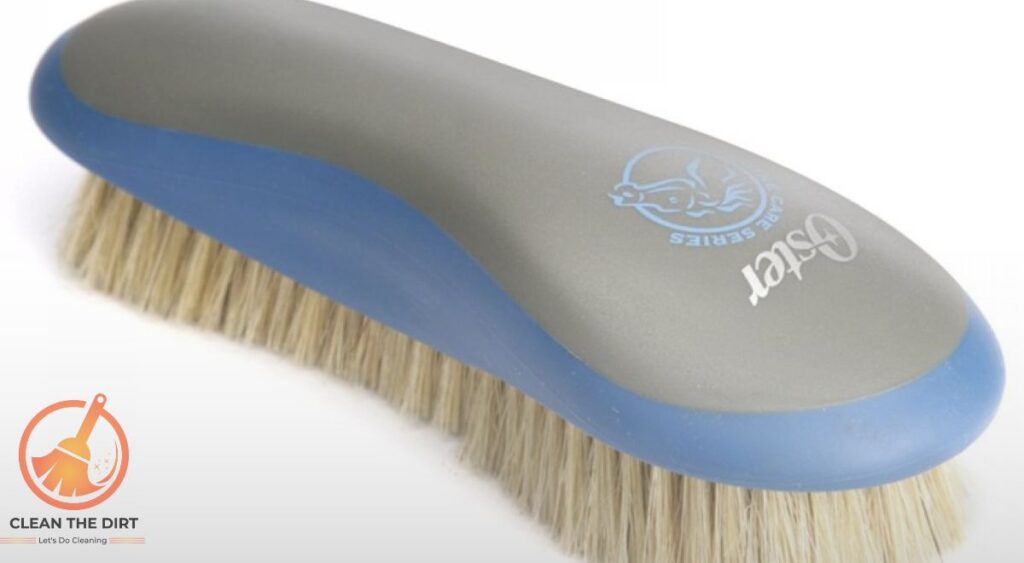
4. Ear Cleaning Solution Alternatives
While the focus of this guide is on how to clean cat ears without solution, it’s worth mentioning that there are some natural alternatives you can use if needed. These include warm water for rinsing and natural oils, such as olive oil or coconut oil, for loosening stubborn wax buildup. However, always use these alternatives with caution and consult your veterinarian if you have any concerns.
By gathering these simple tools, you’ll be well-equipped to embark on your cat’s ear-cleaning journey using gentle and effective methods. Now that we have our tools ready, let’s explore the step-by-step techniques for how to clean cat ears without solution.
Step-by-Step Guide For How to Clean Cat Ears Without Solution
Now that we have our tools ready, it’s time to dive into the step-by-step techniques for how to clean cat ears without solution. These methods are gentle, effective, and designed to keep your furry friend’s ears clean and healthy without the need for any harsh chemicals. Let’s get started.
Dry Cleaning
- Begin by gently holding your cat’s head steady with one hand, ensuring they feel safe and comfortable throughout the process.
- Take a soft cotton ball or gauze pad and gently wipe the visible parts of your cat’s ear, focusing on the outer ear flap and the area around the entrance to the ear canal.
- Avoid inserting anything into your cat’s ear canal, as this could cause injury or discomfort.
- Use a fresh cotton ball or gauze pad for each ear to prevent cross-contamination.
- Repeat this process as needed until the cotton ball comes away clean, removing any dirt, wax, or debris in the process.
Warm Water Rinse
- Prepare a small bowl of moderate water. Make sure the water is not too hot or too cold, as extreme temperatures can be uncomfortable for your cat.
- Gently hold your cat’s head steady and use a clean, dampened cotton ball or gauze pad to moisten the visible parts of their ear.
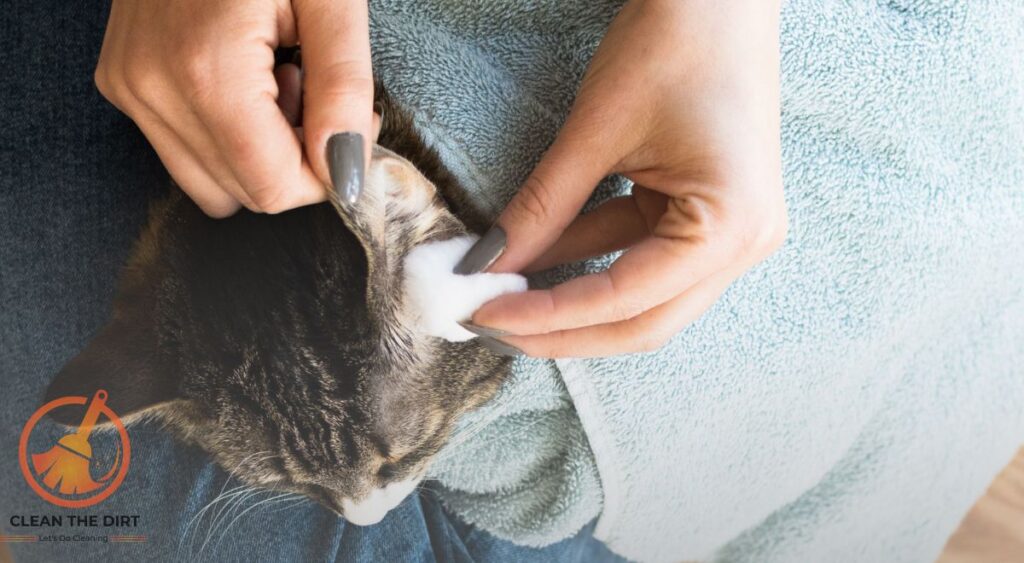
- Allow the water to sit for a few moments to help loosen any stubborn wax or debris.
- Use a fresh cotton ball or gauze pad to gently wipe away the loosened wax and debris, taking care not to push anything further into the ear canal.
- Pat the ear dry with a clean towel or soft cloth to remove any excess moisture.
Gentle Brushing
- If your cat has longer hair around their ears, gently brush the area with a soft-bristled brush to remove any loose dirt, debris, or excess hair.
- Use slow, gentle strokes to avoid causing any discomfort to your cat.
- Pay close attention to the folds and creases of the outer ear flap, as these areas can easily trap dirt and debris.
By following these simple step-by-step methods of the guide on how to clean cat ears without solution, you can effectively clean your cat’s ears gently and safely. Remember to always prioritize your cat’s comfort and well-being throughout the process, and never hesitate to seek professional advice if you have any concerns about your cat’s ear health.
Why Avoid Solutions
When it comes to our furry friends’ health, it’s only natural to want the best for them. However, some commercial ear-cleaning solutions may not always be the ideal choice for our beloved cats. Let’s delve into the reasons why many pet owners want to steer clear of these solutions when cleaning their cat’s ears without a solution.
1. Potential Irritation
Many commercial ear-cleaning solutions contain ingredients that can be harsh on the delicate skin inside your cat’s ear canal. These ingredients may cause irritation, redness, or discomfort for your furry companion. As pet owners, we want to avoid anything that could potentially cause our cats unnecessary distress.
2. Risk of Allergic Reactions
Just like humans, cats can also have allergies to certain substances. Some ingredients commonly found in ear-cleaning solutions may trigger allergic reactions in sensitive cats. When you are following any guide on how to clean cat ears without solution, you reduce the risk of exposing your pet to potential allergens.
3. Avoiding Chemical Exposure
As conscientious pet owners, we aim to minimize our pets’ exposure to unnecessary chemicals. Some commercial ear cleaning solutions may contain ingredients that are not only harsh on your cat’s skin but also introduce unnecessary chemicals into their body. Opting for natural, solution-free methods ensures that you’re not subjecting your cat to any unnecessary chemical exposure.
4. Gentler Alternatives
Fortunately, there are plenty of gentle and effective alternatives available for how to clean cat ears without solution. These methods utilize simple, natural ingredients and gentle techniques to safely remove dirt, wax, and debris from your cat’s ears without causing any harm.
By understanding the potential drawbacks of using commercial ear-cleaning solutions and opting for gentler alternatives, you can ensure that your cat’s ear-cleaning routine is as safe, comfortable, and effective as possible. Let’s explore the tips for success and enhance the productivity for this process.
Tips for Success
How to clean cat ears without solution can be a simple and stress-free process with the right approach. Here are some helpful tips to make sure you succeed.
Be Patient and Gentle
- Treat the ear-cleaning procedure with kindness and tolerance. Your cat may be wary of having their ears touched, so it’s essential to go slow and reassure them throughout the process.
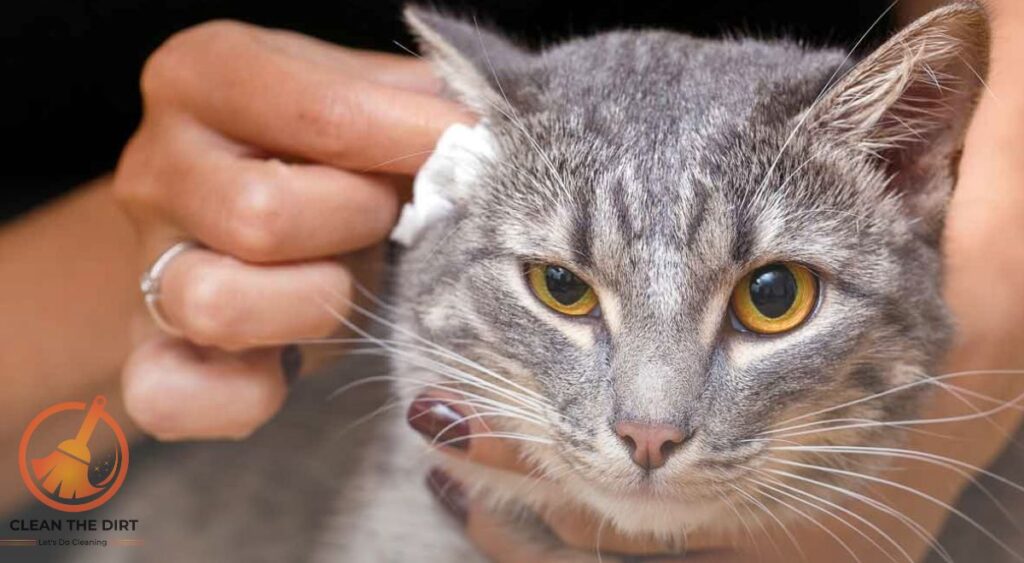
- Use gentle movements and avoid applying too much pressure to your cat’s ears, as this could cause discomfort or injury.
Establish a Routine
- Include ear cleaning into your cat’s regular grooming routine to help them become used to the process over time.
- Consistency is key, so aim to clean your cat’s ears at least once a week to prevent the buildup of dirt and debris.
Reward Positive Behavior
- Reward your cat with treats, praise, or their favorite toys after each successful ear-cleaning session. Positive reinforcement can help create a positive association with the experience and make future cleanings easier.
Monitor for Signs of Discomfort
- Pay close attention to your cat’s body language during the ear-cleaning process. If they show signs of discomfort, such as pulling away, vocalizing, or swatting, stop immediately and give them a break.
- If your cat consistently resists ear cleaning or shows signs of pain or irritation, consult your veterinarian for further guidance.
Stay Alert for Signs of Ear Issues
- Regular ear cleaning provides an excellent opportunity to check for signs of ear infections, mites, or other issues.
- Keep an eye out for symptoms such as redness, swelling, discharge, or a foul odor, as these may indicate a more serious underlying problem that requires veterinary attention.
Use High-Quality Tools
- Invest in high-quality tools such as soft cotton balls, gentle brushes, and tweezers with rounded tips to ensure a safe and effective ear-cleaning experience for your cat.
- Replace tools as needed to maintain cleanliness and effectiveness.
By following these tips, you can ensure you that how to clean cat ears without solution efforts is successful and stress-free for both you and your furry friend. Remember, the key is to prioritize your cat’s comfort and well-being at all times.
Conclusion
Congratulations on completing our guide on how to clean cat ears without solution. By now, you’ve learned gentle and effective techniques for keeping your feline friend’s ears clean and healthy without the need for any harsh chemicals or solutions. Let’s recap what we’ve covered.
- We discussed the importance of ear hygiene for cats and why many pet owners opt to avoid commercial cleaning solutions.
- We explored the essential tools needed for cleaning your cat’s ears safely and effectively at home.
- We focused on step-by-step methods, including dry cleaning, warm water rinses, and gentle brushing, to keep your cat’s ears clean without causing any discomfort.
- We shared valuable tips for success, emphasizing patience, consistency, and positive reinforcement throughout the ear-cleaning process.
By implementing these techniques and tips, you can ensure that your cat’s ears remain clean, healthy, and free from discomfort. Regular ear cleaning is an essential part of your cat’s grooming routine and can help prevent issues such as infections, mites, and excessive wax buildup.
Remember, if you ever have any concerns about your cat’s ear health or if they show signs of pain, irritation, or discomfort during the cleaning process, don’t hesitate to seek guidance from your veterinarian. They can provide personalized advice and support to ensure the well-being of your furry companion.
Let’s get ready to have a short analysis of the methods and their benefits and drawbacks in the following table.
| Method | Description | Benefits | Drawbacks |
|---|---|---|---|
| Solution-Free Methods | Utilizes gentle techniques without solutions. | Safe for sensitive ears, no risk of irritation or allergic reactions. | May not effectively remove stubborn debris or wax buildup. |
| Warm Water Rinse | Rinses ears with lukewarm water. | Helps loosen wax and debris, gentle on the skin. | Requires caution to prevent water from entering the ear canal. |
| Dry Cleaning | Gently wipes ears with dry cotton balls or pads. | Safe and convenient, suitable for regular maintenance. | May not be as effective for removing sticky or stubborn debris. |
| Soft-Bristled Brush | Brushes away loose dirt and debris with soft bristles. | Helps maintain cleanliness between cleanings, gentle on the skin. | Requires gentle handling to avoid causing discomfort. |
| Commercial Solutions | Uses specialized ear cleaning solutions. | Effective for removing wax and debris, convenient to use. | Some solutions may contain harsh ingredients that could irritate sensitive ears. |
| Natural Oil Alternatives | Utilizes natural oils like olive oil or coconut oil. | Helps loosen wax buildup, safe for sensitive ears. | Requires caution and may not be suitable for all cats. |
Thank you for joining us on this journey to learn how to clean cat ears without solution. We hope you found this guide informative and helpful in caring for your beloved feline friend. Here’s to many more happy and healthy ear-cleaning sessions together.
Frequently Asked Questions (FAQs)
Can I use water to clean my cat’s ears?
Yes, you can use water to clean your cat’s ears, but it’s essential to use lukewarm water and avoid getting water deep into the ear canal. Moistening a cotton ball or gauze pad with water can help gently wipe away dirt and debris from the outer ear.
What should I do if my cat’s ears are very dirty?
If your cat’s ears are exceptionally dirty, you may need to clean them more frequently or consult your veterinarian for guidance. Avoid using Q-tips or any objects that could push dirt further into the ear canal, and opt for gentle cleaning methods such as dry wiping or warm water rinses.
How often should I clean my cat’s ears?
The frequency of ear cleaning depends on your cat’s individual needs and their susceptibility to ear issues. In general, cleaning your cat’s ears once a week is sufficient for most cats. However, if your cat has a history of ear problems or excessive wax buildup, you may need to clean their ears more frequently.
What should I do if my cat resists ear cleaning?
If your cat resists ear cleaning, it’s essential to approach the process with patience and gentleness. Take breaks as needed, offer treats or rewards for positive behavior, and never force your cat to endure ear cleaning if they are uncomfortable. If your cat consistently resists ear cleaning, consult your veterinarian for advice on alternative strategies.
Are there any signs I should watch for that may indicate a problem with my cat’s ears?
Yes, several signs may indicate ear issues in cats, including redness, swelling, discharge, odor, scratching or pawing at the ears, shaking of the head, or tilting of the head to one side. If you notice any of these symptoms, it’s essential to have your cat’s ears examined by a veterinarian to rule out any underlying health issues.
Can I use ear-cleaning solutions if my cat has sensitive ears?
If your cat has sensitive ears or a history of allergic reactions, it’s best to avoid using commercial ear-cleaning solutions that contain potentially irritating ingredients. Instead, opt for gentle, solution-free cleaning methods such as dry wiping or warm water rinses. Always consult your veterinarian before using any new products on your cat’s ears, especially if they have pre-existing sensitivities or medical conditions.
You May Also Like: How To Clean White Canvas Shoes Without Turning Them Yellow?


